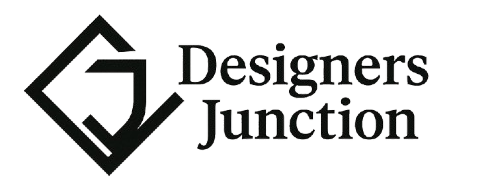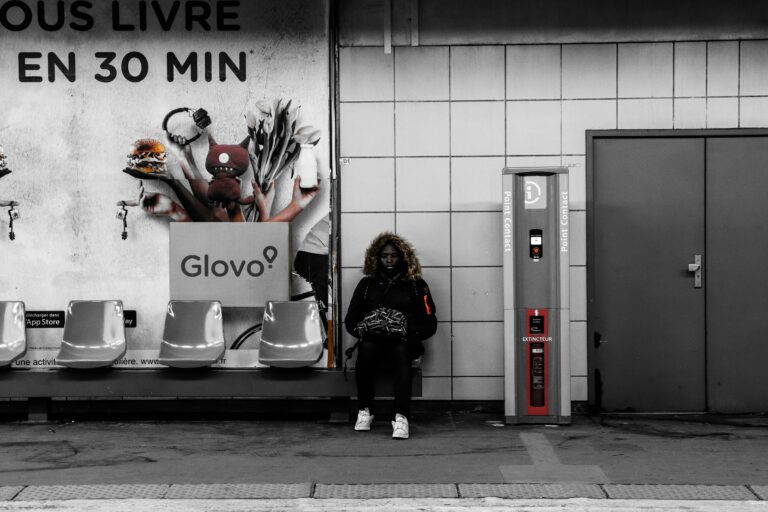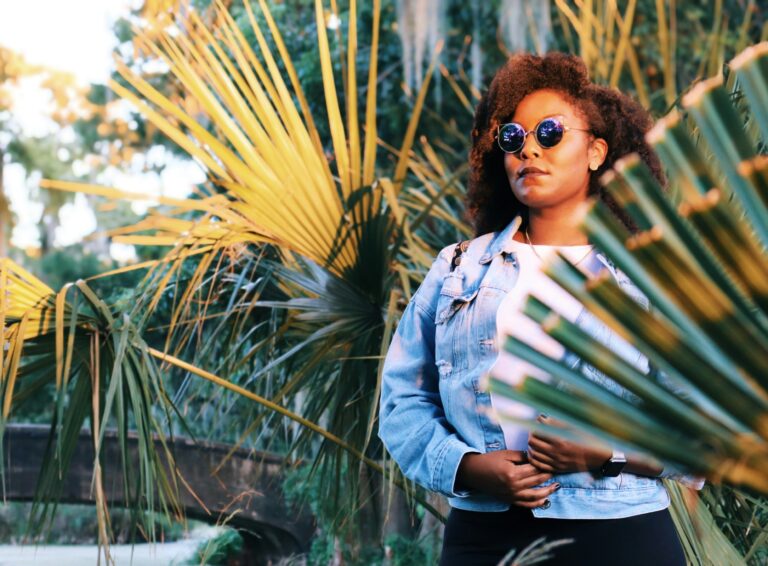Discover what it takes to become a creative director. Learn degree options, creative director skills, qualifications, and career path examples.
How to Become a Creative Director: Degree, Skills & Career Path Explained
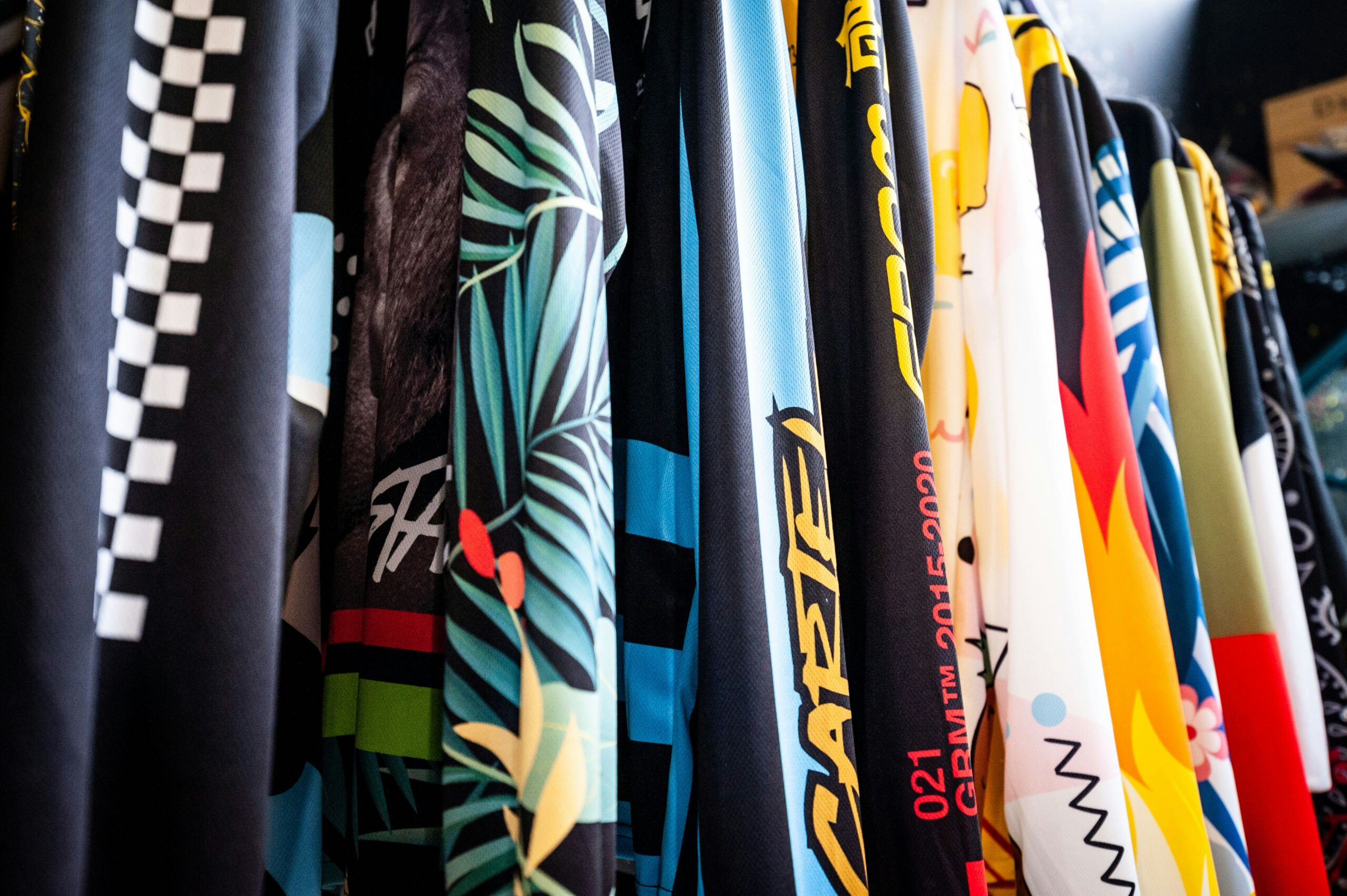
Thinking about a career in creative leadership and wondering how to become a creative director? You’re not alone. As brands increasingly rely on powerful storytelling and visual identity, creative director roles have become some of the most sought-after—and most competitive—positions in fashion, advertising, tech, and media.
This guide outlines everything you need to know about creative director requirements, including:
- What degree you need
- The essential skills and qualifications
- Step-by-step career path examples
- Industry-specific advice (fashion, advertising, digital)
Let’s dive in.
Contents
- 1 What Is a Creative Director?
- 2 What Degree Do You Need to Be a Creative Director?
- 3 Creative Director Skills: What You Actually Need
- 4 Creative Director Qualifications (By Industry)
- 5 Creative Director Career Path: How to Work Your Way Up
- 6 Where Do Creative Directors Work?
- 7 Final Thoughts: Is Creative Direction Right for You?
What Is a Creative Director?
A creative director is the visionary leader behind a brand’s or agency’s creative output. They oversee the concept, tone, and visual direction of campaigns, products, or experiences—ensuring every element aligns with the brand’s identity and business goals.
Core Responsibilities Include:
- Developing campaign ideas and moodboards
- Leading cross-functional teams (design, copy, video, marketing)
- Approving creative assets (ads, packaging, websites, editorials)
- Presenting concepts to clients or executive stakeholders
- Guiding the visual tone and storytelling strategy
Creative directors operate at the intersection of art and strategy—they make ideas commercially impactful.
What Degree Do You Need to Be a Creative Director?
While there’s no “one size fits all,” most creative directors begin with a bachelor’s degree in a creative or communication-related field.
Most Common Degrees for Creative Directors:
| Degree | Best For |
|---|---|
| Graphic Design | Advertising, branding, digital agencies |
| Fashion Design / Communication | Fashion creative director roles |
| Visual Arts / Fine Arts | Editorial, luxury, cultural industries |
| Marketing or Communications | Strategy and brand-focused roles |
| Film / Media Studies | Video production, entertainment, social content |
Advanced Degrees (Optional but Valuable):
- MFA in Design or Art Direction
- MA in Creative Direction or Fashion Communication
- MBA (for brand-side leadership or agency founders)
You don’t need a master’s degree—but it can help if you’re aiming for high-end fashion, luxury, or global agency roles.
Creative Director Skills: What You Actually Need
Formal education gets your foot in the door—but creative director qualifications go far beyond a diploma. You need a rare combination of creativity, leadership, and business sense.
Core Creative Director Skills:
| Skill | Why It Matters |
|---|---|
| Creative Vision | You set the tone for visuals, voice, and brand presence |
| Leadership | You’ll manage and inspire multi-disciplinary teams |
| Strategic Thinking | You connect creativity to business goals |
| Communication | You’ll pitch ideas, give feedback, and present to C-level execs |
| Trend Awareness | Especially in fashion or digital, trend fluency is essential |
| Technical Fluency | Adobe Creative Suite, Figma, Keynote, digital formats |
Soft skills like time management, emotional intelligence, and adaptability are also crucial—especially in fast-moving industries like media and fashion.
Creative Director Qualifications (By Industry)
| Industry | Preferred Background |
|---|---|
| Fashion | Fashion Design, Styling, Editorial, Art Direction |
| Advertising | Copywriting, Graphic Design, Campaign Strategy |
| Film/TV | Production Design, Storyboarding, Visual Direction |
| Tech/Digital | UX/UI, Product Design, Branding |
| Publishing | Editorial Design, Typography, Visual Storytelling |
Creative Director Career Path: How to Work Your Way Up
Common Career Path to Creative Director:
- Intern / Assistant Designer / Copywriter
- Junior Designer / Content Creator / Art Assistant
- Mid-Level Designer or Art Director
- Senior Designer / Lead Creative / Associate CD
- Creative Director (agency or brand-side)
Each stage usually takes 2–4 years, depending on your portfolio, leadership growth, and networking. Most creative directors reach the role after 7–12 years in the industry.
Where Do Creative Directors Work?
Creative directors are needed across nearly every creative-driven business.
Common Workplaces:
- Fashion houses (Gucci, Prada, The Row)
- Media companies (Condé Nast, NYT, Vox Media)
- Ad agencies (Wieden+Kennedy, BBDO, R/GA)
- Tech startups (Squarespace, Spotify, Warby Parker)
- E-commerce & DTC brands
- Film and entertainment studios
Can you be a creative director with a marketing background?
Yes. If you’ve led brand campaigns, written content, or managed creative teams, you can transition—especially if you have a strong visual instinct.
Final Thoughts: Is Creative Direction Right for You?
If you’re a visual thinker, brand strategist, and leader rolled into one—and you want to shape the future of brands, campaigns, or cultural experiences—then becoming a creative director may be your ultimate goal.
Next Steps:
- Choose a degree program that builds both creativity and strategy
- Start gaining experience in creative roles
- Build a standout portfolio
- Learn how to lead as much as how to design
The world needs more bold, empathetic, future-focused creative directors. Why not start now?
How to Become a Creative Director – FAQs on Requirements, Skills & Degrees
What are the main requirements to become a creative director?
To become a creative director, you need a strong portfolio, at least 5–10 years of experience in a creative field (design, fashion, advertising, media), excellent leadership and communication skills, and a deep understanding of brand storytelling.
Do you need a degree to be a creative director?
While not mandatory, most creative directors have a bachelor’s degree in design, communication, visual arts, fashion, marketing, or advertising. A relevant master’s degree can accelerate your career path.
What is the typical career path to becoming a creative director?
- Designer / Stylist / Copywriter →
- Senior Designer / Art Director / Brand Strategist →
- Associate Creative Director →
- Creative Director
How many years of experience do you need to become a creative director?
Typically 8 to 12 years, including several years managing creative projects or teams. Leadership experience and a strong portfolio are essential.
What degree is best for aspiring creative directors?
Degrees in Graphic Design, Fashion Communication, Advertising, Visual Communication, Fine Arts, or Creative Direction are ideal.
Are there master’s programs in creative direction?
Yes. Schools like SCAD, Central Saint Martins, Polimoda, and Parsons Paris offer master’s degrees in Creative Direction, Fashion Communication, or Brand Strategy.
Can you become a creative director without a formal degree?
Yes. If you build a strong portfolio, develop leadership skills, and gain experience in branding and storytelling, you can rise to the role without formal education.
What are the most important skills for a creative director?
- Visionary thinking
- Leadership and team management
- Brand storytelling
- Art direction and design fundamentals
- Strategic planning
- Communication and collaboration
Do creative directors need to be good at graphic design?
Not necessarily. But they must understand design principles to guide teams and provide meaningful feedback on visual work.
Is coding required to be a creative director?
No. While digital fluency is helpful, coding is not a core requirement. Understanding how digital platforms function is more important.
What soft skills should a creative director have?
Empathy, adaptability, storytelling, public speaking, negotiation, and the ability to inspire and manage diverse creative talent.
Can copywriters become creative directors?
Yes. Many creative directors begin as copywriters or content creators, especially in advertising and media. The key is concept leadership and storytelling.
Can stylists or photographers become creative directors?
Yes. If they’ve led full-scale campaigns, shaped brand identity, or developed concepts, they can transition into creative direction roles.
What tools or software should a creative director know?
Familiarity with Adobe Creative Suite, Figma, Notion, Miro, and digital asset platforms is common. Concepting and collaboration tools are often more important than execution.
Do creative directors manage teams?
Yes. They often lead teams of designers, art directors, editors, stylists, producers, strategists, and client-facing creatives.
What’s the difference between a creative director and an art director?
Art directors focus on visual execution, while creative directors define the strategic vision, brand voice, and cross-channel storytelling.
Can junior designers eventually become creative directors?
Yes. With consistent growth, leadership roles, and concept-driven projects, junior designers can advance to senior and eventually CD positions.
Is a portfolio more important than a degree for creative directors?
Yes. A strong, original portfolio that shows campaign thinking, leadership, and visual consistency is often more valuable than formal education.
What is the role of a creative director in a company?
They guide the brand’s visual and narrative direction, supervise creative teams, present concepts to stakeholders, and ensure consistent storytelling across all media.
Are creative director roles different in fashion vs. advertising?
Yes. In fashion, the role leans toward visual storytelling, styling, and brand image. In advertising, it’s concept-based and includes campaign strategy and copy.
Do creative directors work full-time or freelance?
Both. Many work full-time in-house, while others operate as freelance creative leads or consultants for campaigns, branding, or seasonal work.
How do you gain leadership experience for a creative director role?
Start by leading small projects, mentoring junior creatives, presenting ideas to clients, and eventually managing cross-functional teams.
Are creative director jobs only in big cities?
No, but major creative hubs like NYC, LA, London, Milan, and Paris offer more opportunities due to dense fashion, media, and tech ecosystems.
How do I know if I’m ready to become a creative director?
If you’re leading teams, driving brand vision, managing campaigns, and thinking long-term about creative impact, you’re likely ready for the role.
Can creative directors work in multiple industries?
Yes. Creative directors are found in fashion, tech, advertising, publishing, entertainment, hospitality, and even corporate branding.
Is trend forecasting part of a creative director’s role?
Yes, especially in fashion, beauty, and lifestyle. Staying ahead of cultural, aesthetic, and digital trends is crucial to maintaining relevance.
Are there certifications for creative direction?
Not formal ones, but online courses in branding, leadership, storytelling, and visual communication can boost credibility and skills.
How do creative directors collaborate with other departments?
They align with marketing, product, PR, social media, design, and merchandising to unify messaging and maximize campaign impact.
What makes a successful creative director?
A mix of original vision, leadership confidence, communication skills, strategic thinking, and the ability to bring big ideas to life.
What advice would you give someone aspiring to become a creative director?
Build a multi-platform portfolio, take creative ownership of projects, collaborate across disciplines, and always lead with curiosity, clarity, and culture.
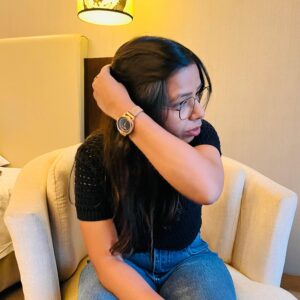
Shikha Singh
Keep in touch with our news & offers
Subscribe to Our Newsletter
Thank you for subscribing to the newsletter.
Oops. Something went wrong. Please try again later.
